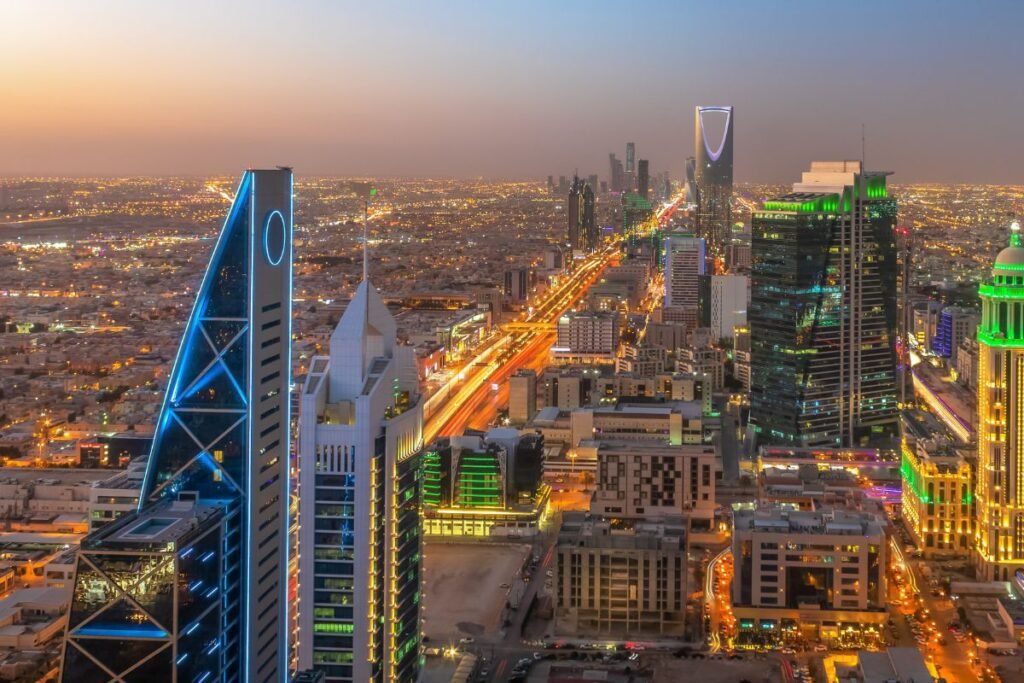India is no longer expected to be the world’s fastest-growing major economy this year because growth has slowed down due to lower demand locally and abroad. The economy is growing by 7% this year, according to the first estimate released by the Statistics Ministry. The Reserve Bank of India is predicting that the economy will grow by 6.8% this year, which is less than the growth rate that most economists are expecting.
Economic Growth of India
According to the latest figures, the country’s economy is growing by an average of 8.7% yearly. That’s only second to Saudi Arabia, which is expected to grow by 7.6% this year because of high energy prices. The Indian government uses an estimate of how much money it will have in the future to plan its spending for the upcoming federal budget on February 1. This is also the last full-year expenditure plan of Prime Minister Narendra Modi’s government before he plans to run for office in 2024.
“The headline numbers are in-line with our estimate,” said Aditi Nayar, an economist at ICRA Ltd. in New Delhi. Buoyant, albeit mixed domestic consumption should be able to stave off some pain from weak exports, she added, according to The Arabian Business. In India, the start of the current fiscal year was good. People expect the economy to start recovering soon because there has been a lot of pent-up demand. The good news is that the economy is doing well right now, but it could be changing soon. There are some problems with the economy because some countries are experiencing high inflation and others are not doing so well.
The Reserve Bank of India (RBI) has raised its benchmark interest rate by 225 basis points this fiscal year. The RBI isn’t done tightening yet, and may raise rates even more in the future. This means that loans and other financial products will cost more money, and it may be harder for people to afford them.
Most economists expect the central bank to deliver another quarter-point of tightening at its next policy review on February 8, because core inflation remains sticky. Gross value-added (GVA) is a measure of a company’s overall success. It subtracts taxes and subsidies from a company’s profits to determine how much money it makes on its own. GVA is expected to grow by 6.7% this year.
Manufacturing is expected to grow by 1.6%, while mining is expected to grow by 2.4% and agriculture by 3.5%. The forecast shows that the amount of money that businesses spend on things like machines, buildings, and other equipment is going to go up by 11.5%, while government spending is going to go up by 3.1%. This means that the economy is going to grow a bit more than expected and that most people’s incomes are going to go up too.
“A healthy growth in gross fixed capital formation shows the sustained focus of the government on capital expenditure and is providing necessary support to the ongoing recovery,” said Sunil Sinha, an economist at India Ratings and Research, a local unit of Fitch Ratings Ltd. But for sustainable growth and recovery of the Indian economy revival of private corporate sector capex is a must, he added.


